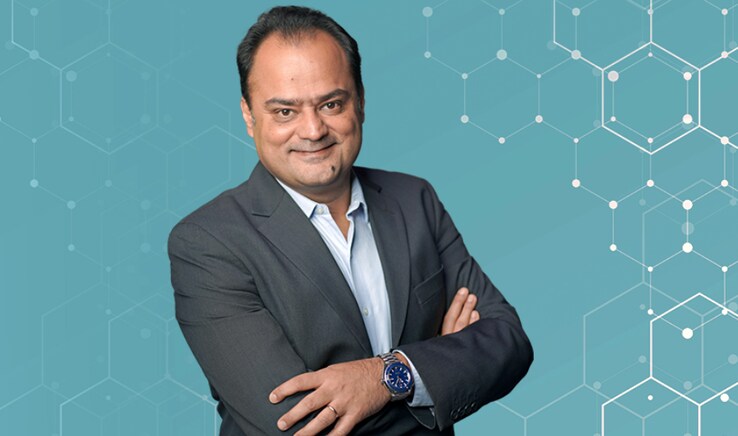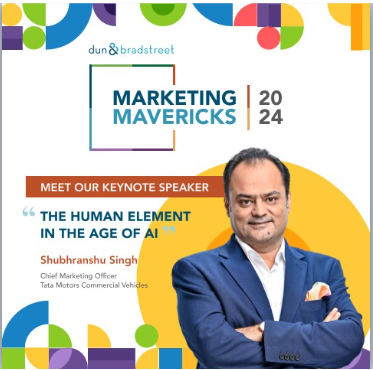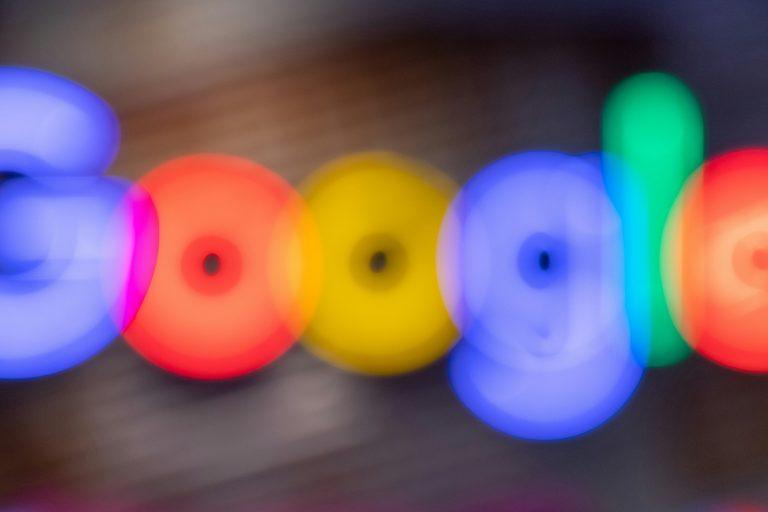The biggest tech antitrust trial – against Google’s dominance in search – is coming to a close. A ruling against it would limit Google’s search empire and possibly result in the breaking up of the company, writes Shubhranshu Singh in his Storyboard18 column Simply Speaking. One of the most important antitrust cases in history is being considered in a federal court in the US. The Department of Justice has alleged that Google is a monopoly that abuses its power over the internet by striking anticompetitive deals for prime placement of its search engine, while Google contends its dominant market share is the result of a superior product. It’s the biggest tech antitrust trial ever and comes as its multiplicative impact could go far beyond Google. The fate of Google’s search business is now in the hands of Judge Amit Mehta, as closing arguments concluded in the landmark trial. It will also lead to a direct impact on the app economy. Google has grown continuously in the past 25 years from its founding. In terms of revenue, valuation and most importantly, active engagement with consumers, it has come to define big. Google’s problems are bigger than just the antitrust case in discovering its next era as a corporate leader. Googlers have always prided themselves on solving the toughest problems in computer science. The money was more a consequence than the target. Dominating the internet The Google brand is its most precious asset. Its many businesses all feed back to the brand. Its culture is deeply identified with the brand. Therefore, if the big idea would be for Google to become a data fiduciary like a bank is with our money, no amount of encryption will help if the brand is rendered weaker. It has the clout to aspire thus. Daily, billions of people around the world query on Google Search, email with Gmail or use Google Maps to get to their destination. The tech giant dominates the internet economy. It has consistently spent more than almost any other group or company on lobbying. Its business expansion has been fuelled also by buying hundreds of firms. In 2023, it generated $307 billion in revenue, larger than the GDP of Finland, Qatar, and Peru. Its revenue taken as equivalent to GDP would place it on rank 45 in the list of nations. A ruling against it would limit Google’s search empire. The modus operandi of paying billions to secure prime placement for its search bar on Apple’s iPhones or other web browsers would become a thing of the past. Potentially, it would be forced to sell off the Chrome browser and open up competition to other search engines. The fundamental question is whether Google stifled competition and hence harmed consumer interest by becoming the default search engine through deals with phone makers and internet browsers. The Justice Department case has a reputational impact that Google did not keep its monopoly via great innovation and search, but through dealmaking that effectively made it difficult for any competition search engine to thrive. Two extenuating circumstances may come to Google’s aid – one that the definition of search itself is broad: it happens on Amazon, Spotify, and TikTok. Secondly, it claims that the literal contracts with Apple, Firefox or Samsung are not actually exclusive, but still render it as a default. If the ruling is that Google isn’t a monopoly, it will demolish the arguments of the state and many others who say Big Tech has grown too powerful. That will apply in mutant versions to all including Amazon and Apple. In any case, there is likely to be some injunctive relief in case the ruling restricts itself to the nature of the contracts, and that, going forward, such contracts cannot be entered into. However, when the state went after Microsoft in an anti-trust investigation, it had tried to break it up. So, potentially the government could ask Google to stop certain practices, direct it to divest businesses, or order its break up into separate entities. Google competitors have accused it of branding its power to suppress competition links to travel, maps, and reviews, among others. Let’s understand the Google world. Google has nine products with more than a billion users each. 1. Google search — 4.9 billion users Google is the world’s most important search engine, and it truly dominates the space, controlling 92 percent of the market, which equates to 4.9 billion people (data from StatCounter and the International Telecommunications Union). This is the business at the core of the government’s allegations. Microsoft’s Bing comes in second with a paltry 3 percent. Google is the world’s No. 1 site, with more than 86 billion visits a month, according to internet data provider Similarweb. Now Google has begun putting AI-generated answer summaries, which are trained on content scraped from the web, at the top of search results for more of its users. That could squeeze publishers who rely on traffic from Google for their survival. 2. Chrome — With 3.4 billion users Chrome is the world’s most popular web browser. The vast majority of desktop computers and a huge portion of mobile phones have Chrome as the default browser. This is how Google gets the ability to keep its search engine front and centre, but also allows it to track people all over the internet, giving it incredible amounts of granular data on online behaviour, especially when it comes to advertising and e-commerce. This edged out Microsoft Explorer or Mozilla’s Firefox. Microsoft’s new browser, Edge, is built off a version of Chrome. 3. Android More than 3 billion people use smartphones running Google’s Android operating system, the company said in 2021. That is around 70 percent of all the smartphones in the world. Apple’s iOS is a distant second at 28.5 percent. Android has become the default operating system for most of the world’s phones, hence Google can put its other services, including Search, Maps, YouTube and its app store, in front of billions





